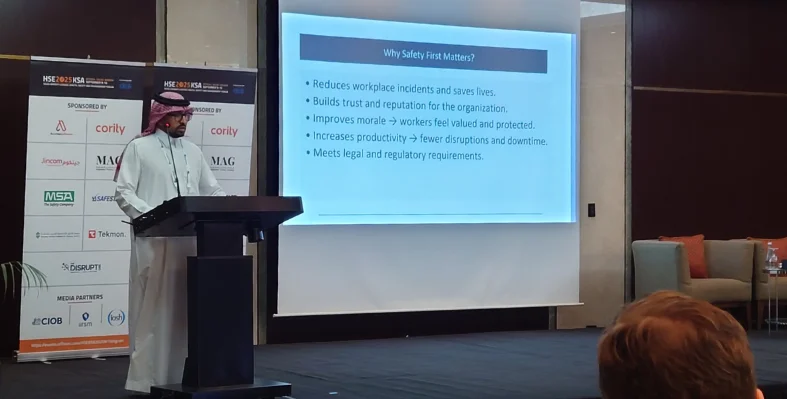As climate change intensifies summer swelters, a new study reveals a stark reality for American workers: extreme heat is not just uncomfortable, it is a hidden catalyst for on-the-job accidents.
Published this year in Environmental Health, researchers estimate that high temperatures contributed to over 1% of all workplace injuries reported in 2023, underscoring the urgent need for nationwide protections.
The study, led by epidemiologist Barrak Alahmad of the University of Kansas Medical Center and colleagues, scrutinised more than 500,000 injury reports submitted to the Occupational Safety and Health Administration (OSHA) via its Injury Tracking Application.
Focusing on large employers (100+ employees) in high-risk sectors like construction, manufacturing, and agriculture, the team geocoded each incident to match it with precise weather data from the injury date
Using a sophisticated case-crossover analysis, scientists compared heat index on injury days against cooler control days for the same workers.
The verdict? Heat doesn't just raise tempers; it elevates risks non-linearly. Odds of injury ticked up modestly around 85°F but spiked dramatically above 90°F. At 100°F, workers faced 10% higher odds (odds ratio [OR] 1.10, 95% CI: 1.07-1.13) compared to 80°F baseline.
By 110°F or hotter, that risk ballooned 20% overall (OR 1.20, 95% CI: 1.13-1.26). These patterns are held across industries, even indoors where air conditioning falters or does not exist.
"Exposure to heat leads to physiological and cognitive impairments that increase the risk of workplace injuries," the authors note in their abstract, pointing to heat's toll on alertness, reaction times, and decision-making.
The findings hit hardest in vulnerable spots. In states lacking OSHA-approved heat standards like Texas and Florida, the injury odds at 110°F+ jumped 22% (OR 1.22).
In contrast, states with rules, such as California's pioneering heat illness prevention mandate, saw a milder 9% uptick (OR 1.09), though statistical overlap tempers firm claims of causality.
Construction workers bore the brunt, with heat-attributable injuries clustering in sun-baked Southern states during peak summer months.
Extrapolating nationally, the study pins 1.18% (95% CI: 0.92%-1.45%) of 2023's reported injuries (roughly 5,800 cases) on heat.
That is a conservative tally, as it excludes smaller firms and unreported incidents.
Economic cost
Billions in lost productivity, medical bills, and workers' comp claims, experts say.
This comes amid escalating climate threats. The US endured its hottest summer on record in 2023, with heat waves claiming lives and livelihoods.
Yet federal heat safeguards lag; OSHA's proposed rule, announced in July 2024, remains mired in rulemaking.
Alahmad's team calls for swift action: mandatory water breaks, shaded rest areas, and acclimatisation training.
"These estimates contribute to the calculation of the benefits of standards, policies, and programs that reduce workplace exposure," they write, urging policymakers to quantify heat's human cost.
Labour advocates applaud the research. "It's a wake-up call," said Sara Gonzales of the AFL-CIO. "Workers aren't expendable in the heat."






















